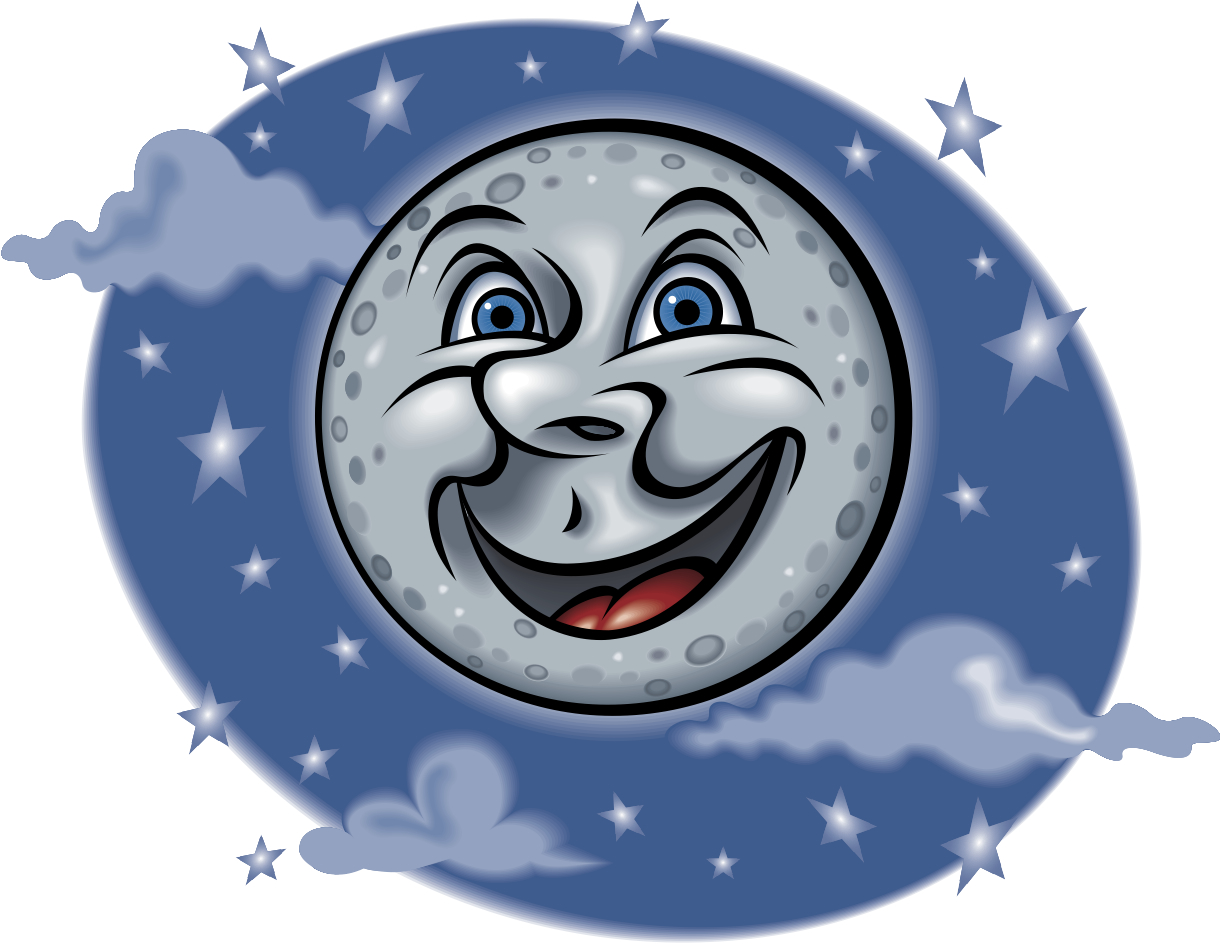Your Night Sky - Eclipse is coming

Well, the eclipse is coming up on Aug. 21. I’m sure you’ve heard a lot about it as it’s a major event. It’s the first one in the United States in almost 40 years. If we lived in the Denver area we’d drive up to Wyoming or Nebraska to see it. A drive from down here would be an all day trip plus two nights stay as traffic will be horrendous. I’m sure some of you will do that, so enjoy it!
This eclipse starts in Oregon and travels southeast down to the upper coast of Georgia. Denver is close, but not quite there. It’s in the 92 percent coverage range.
The San Luis Valley will be in the 82 percent to 85 percent range, which means we will see the black moon cover that much of the Sun, and that will occur at 11:45 a.m. But we won’t be able to see the corona around the Sun for the 2.5 minutes the moon completely covers the Sun. The corona is as bright as a full moon.
Also, our sky won’t get dark like it will during the total eclipse. Our sky will look more like it does before sunrise or after sunset. But we may be able to see our bright planet Venus. It will be in the WNW sky 34 degrees to the right of the Sun. So be sure to look for it.
A solar eclipse occurs when the Sun, moon and Earth line up and the moon’s shadow falls on earth as it covers the Sun. With our 82-85 percent cover, the Sun will still be 150,000 times as bright as it will be at totality, which is what a full eclipse is referred to. But shadows will become sharper and the Sun is reduced to a crescent.
Whatever you do, be sure to protect your eyes with solar filters on your face, binoculars, camera and telescope. If you’re going up to see the total eclipse, you should take them off during totality, then immediately put them back on. Even one second of looking directly at a small portion of the actual Sun without protection can permanently destroy your vision. It will also destroy your camera, binoculars and telescope without protection. Do not look through them unless they have a solar filter of their own installed.
Sunglasses will not protect your eyes. They transmit thousands of times too much sunlight when you look directly at the Sun. You need special solar filter eclipse glasses. Make sure you get certified eclipse glasses. Apparently some people have been selling fake ones. Also be sure there are no scratches on them that will allow the sunlight through.
One thing I’ve read a lot of is discouraging people from trying to take pictures of the eclipse, unless you’re a highly experienced photographer, or have seen several eclipses before this one. They claim that the 2.5 minutes of totality will seem to pass by in eight seconds. The time you spend fiddling with your camera will take away your precious viewing of it. There will be many professional photos posted afterwards. This also applies to binoculars and telescopes.
Next week I will tell you about some ways to view the eclipse if you don’t have solar eclipse glasses. Santa Claus brought me mine! Meanwhile, don’t forget to look for the Perseid meteors which peak on Aug. 12. Evening will be easiest viewing before the bright moon comes up, there just won’t be many at that time.



